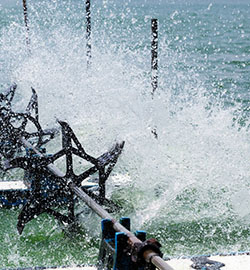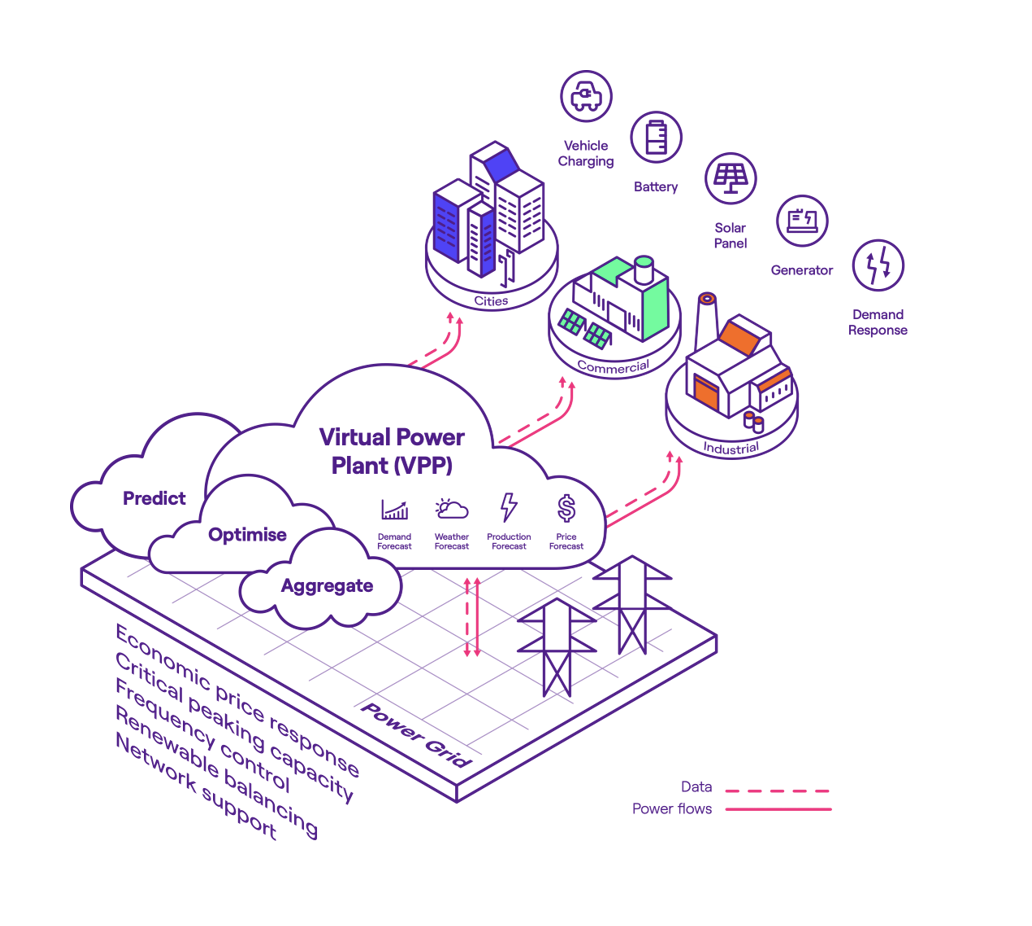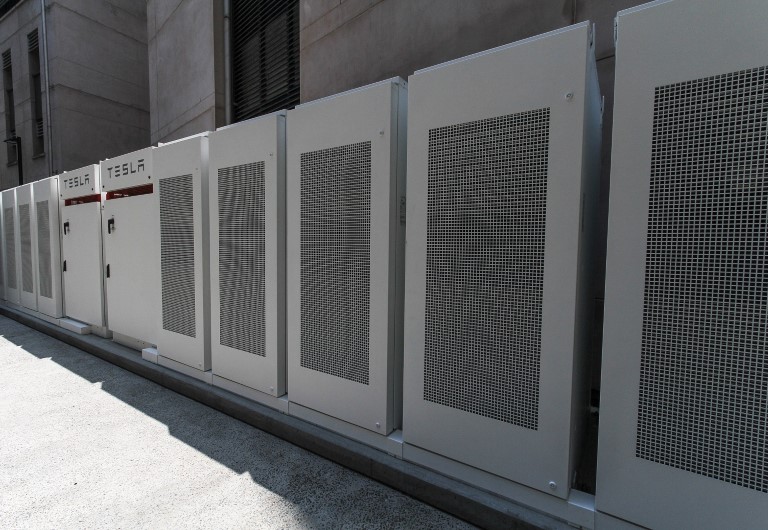Frequency Control Ancillary Services (FCAS) play an important role in protecting the power grid against sudden failures within large power stations or power transmission networks. FCAS is increasingly important as we add more renewables to the power grid, especially that provided from new technologies
Four years ago, nearly all of FCAS came from traditional fossil fuel power stations. Following a 2017 rule change that opened the market to virtual power plants (VPPs), Enel X was the first new market entrant to register a VPP in the FCAS market.











